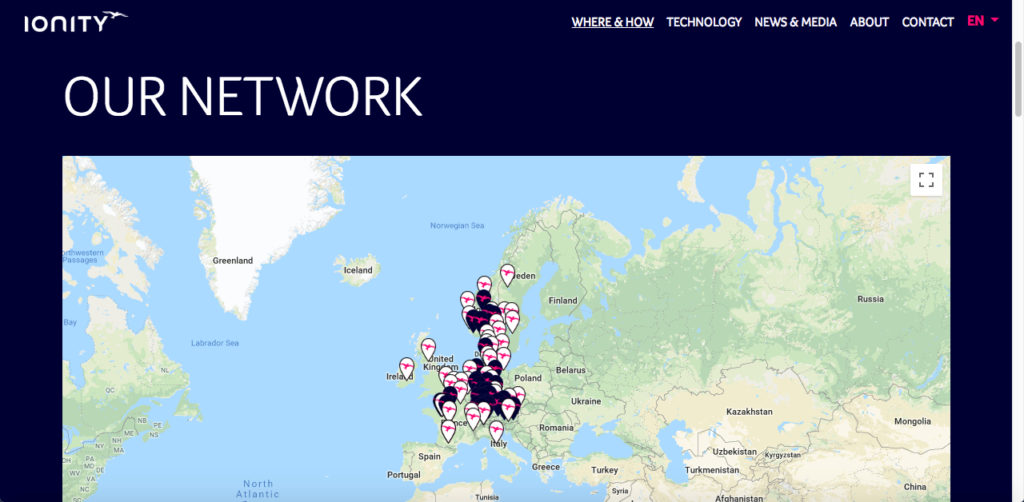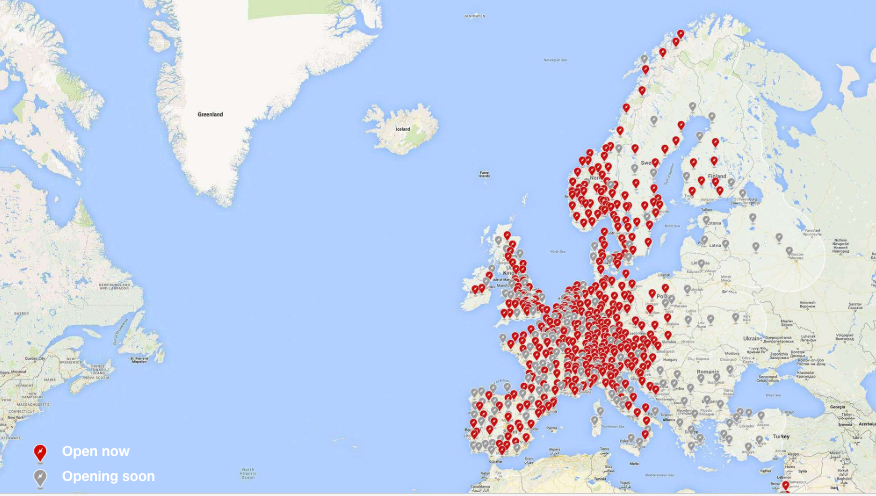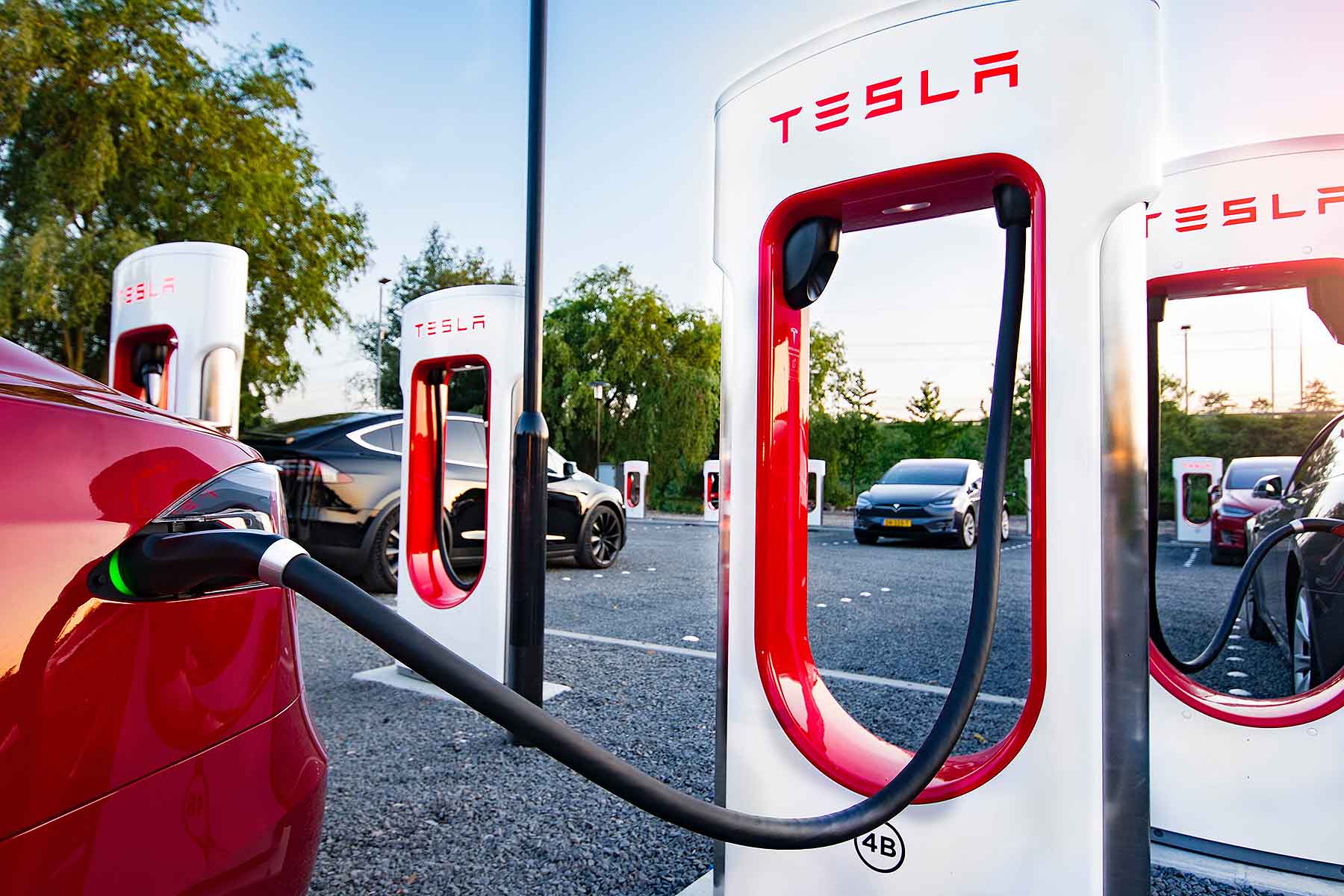After news about yet another record-breaking quarter for the Model 3, and as Tesla gears up for the big launch in Europe in Q1 2019, Tesla CEO Elon Musk has just tweeted that Europe will get 100% Supercharger coverage in 2019.
Yes. Supercharger coverage will extend to 100% of Europe next year. From Ireland to Kiev, from Norway to Turkey. https://t.co/7FQZgLCTVJ— Elon Musk (@elonmusk) December 26, 2018
The surprising part of this is that Musk even provides a link to a list of EVs currently on the market. How many CEOs do you know who freely list the competition for their customers?
Most importantly, every electric car, Tesla or otherwise, matters to the environment we all share. Every time someone chooses electric, the future gets a little bit brighter!
If not Tesla, please take a look at these other options:https://t.co/FZVNlGWYgA— Elon Musk (@elonmusk) December 26, 2018
In addition, Musk also ensured one Twitter user that Texas would get more focus, and that the Supercharger network would deepen within cities in the United States.
The Supercharger business is not meant to be profitable for Tesla. Musk has said that all along. It’s primarily for convenience. Although free Supercharger credits are slowly being phased out, Musk clearly wants to encourage people to be more aware of the EV phenomenon, hence the Wikipedia link to a full list of available EV makes and models.
What are Superchargers Meant to Achieve?
When Tesla first started building out its Supercharger stations in the United States, it threw open access to everyone, including other car makers. This is not a sign of a company interested in profits. Further proof of that is Musk’s candid and very public views on the concept of IP (intellectual property) rights.
Superchargers vs. IONITY
Yes, one of the primary objectives of the Supercharger network is to provide a standard source of power for Tesla EVs no matter where you go. But it’s never been restricted to just Tesla; it’s just that nobody’s really taken their offer seriously, choosing instead to pursue their own proprietary charging hardware agendas.
As if to rebuff Tesla’s proffered hand, Europe’s auto giants, along with Ford invested in a different, but very similar project: IONITY.
IONITY’s website says nothing of affordable power or that it is not intended to be profitable. That’s how it goes with others as well. When Porsche’s Lutz Meschke, deputy chairman of the executive board, was asked whether the Mission E chargers will operate as profit centers, his response was
“Yes, we want to earn money with the new products and services. Of course. Yes.”
These are the qualities it espouses: “reliable, ubiquitous, easy-to-use, ultra-fast…” No hint of not being a profit center. The Supercharger division of Tesla is clearly not a profit center and was never intended to be. It was merely supposed to be self-sustaining.
What began as an innovative effort to create an EV support backbone across North America is now 1,386 charging stations strong, containing 11,583 Superchargers. Musk has promised better penetration in Texas and within cities in 2019, so we can expect those numbers to balloon a little in the next year or so.
What about IONITY’s Reach?
In stark contrast, on the ground in Europe, IONITY only has a handful of operational charging stations in mainland Europe. The operational ones are the ones in black. And all this is with the help of at least a dozen or more partners, not on their own.

Meanwhile, Tesla’s Supercharger network in Europe is already much denser despite the fact that the Model 3 is not yet officially launched there.

Most people don’t know that the Tesla Supercharger network allows easy long distance travel throughout USA, most of Europe, Canada and China https://t.co/ZzN9Tabq8C— Elon Musk (@elonmusk) December 26, 2018
Yet, other automakers have failed to realize that it’s better to piggy-back on Tesla’s wider presence. So far, Bollinger is the only company to have publicly requested the use of Tesla Superchargers.
In many ways, the Supercharger network is Tesla’s assurance to its buyers that they will be supported with an infrastructure no matter where in the world the cars are sold. And it’s a huge selling point that not many people talk about.
What’s even more surprising is that neither IONITY nor any of its founding members seem to realize that an infrastructure must precede the product that it supports. The majority of them are scrambling to slap together a car that will rival any of the Tesla models, but they have failed to realize the importance of connecting long distances and alleviating range anxiety.
The biggest mistake these century-old auto companies made was to discount Elon Musk as a lunatic entrepreneur with money to burn. He is none of those things. He is simply, as he put it in his own words, an engineer. But more than that, he is a trailblazer, and auto companies would do well to emulate his strategies for electric cars. Unfortunately, even if they start doing it now, they’re never going to be able to catch up to Tesla even in the next five years.
Tesla is – or at least has been – willing to give access to its Superchargers to anyone who approached them. The competition is looking to make money off theirs.
These two divergent business models can’t really coexist. As Tesla’s charging stations proliferate across Europe, it will be a key factor in every buyer’s decision-making process – buy a Tesla and enjoy at-cost power on the go, or buy a Porsche electric car and continue to pay through your nose long after you’ve finished paying for the car?
Although companies like Porsche et al are willing to invest up front for these projects, they’ll always be looking at the bottom line, whether it’s a year or three years down the road. That kind of mentality can’t compete with Tesla’s.
And that argument is strengthened by the fact that the company managed to be profitable in Q3, albeit for only the third time since going public. Tesla fully intended to stay profitable moving forward, and they’ve been able to do this despite a large segment of the Tesla-driving population still enjoying their free lifetime Supercharging benefits.
Talk about a great loyalty program! That was the way Tesla attracted many of its Model S and Model X buyers, and you can still find referral links offering six months worth of free credits for Supercharger usage.
Now that the Model 3 has proven its ability to shake the conventional auto segment with its impressive delivery numbers, there’s no need for the referral program to continue, but Tesla hasn’t taken it down yet. In fact, starting two days ago, Tesla has added even more goodies to the mix, including having your glass-etched photo shot into a deep-space orbit, free Performance wheels, early access to software updates and even a drivable Model S for kids.
In closing, we’d like to bring your attention back to Musk’s tweeted promise of Superchargers covering 100% of Europe in 2019.
It might seem impractical for him to make such an expensive promise, but if Model 3 sales levels in Europe and subsequently China are anywhere close to what they’ve been in the United States, which we strongly believe they will, the additional investment shouldn’t be a problem at all. At the very least, Tesla has funds incoming from the thousands of Model 3 reservation holders across these markets.



